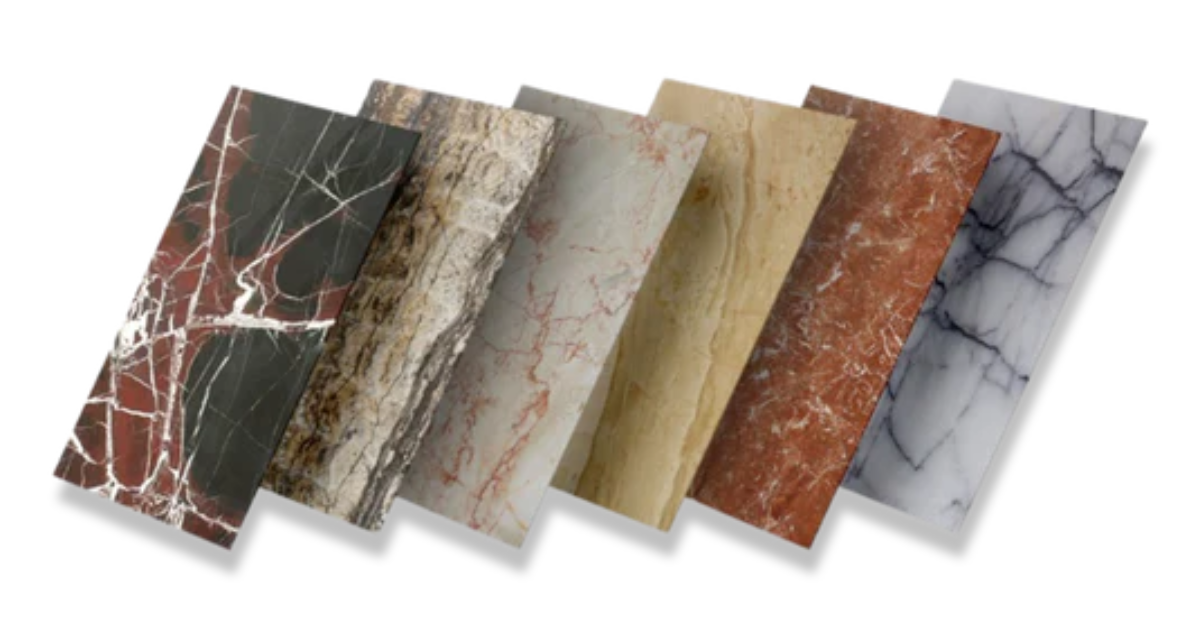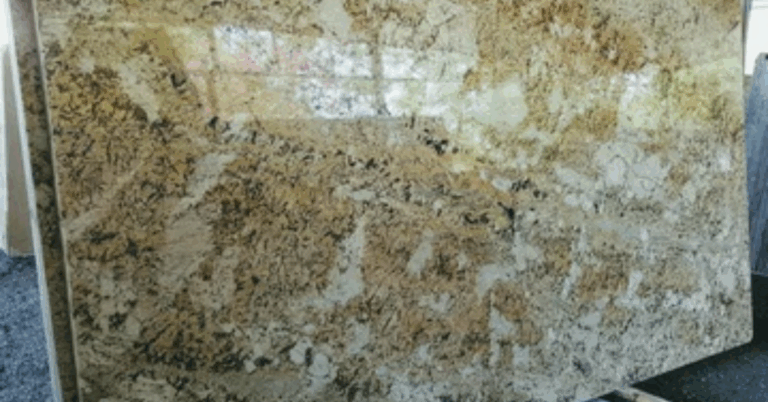Understanding Marble Stone Price: A Comprehensive Guide
Marble is one of the most prestigious and timeless natural stones, often associated with luxury and elegance. From architectural masterpieces to interior décor, marble has stood the test of time as a material of choice. However, when it comes to purchasing marble, understanding its price is crucial for making informed decisions. In this article, we will explore the factors Marble Stone Price that influence the price of marble stone, what you should consider when budgeting for a marble purchase, and provide you with a better understanding of marble stone pricing in general.
Factors Affecting Marble Stone Price
The price of marble stone can vary significantly based on several factors. These factors influence both the cost of the material itself and the overall cost of your project. Let’s take a closer look at some of these key variables.
1. Quality of Marble
The quality of marble is one of the most significant factors in determining its price. High-quality marble stones are rare and come with unique characteristics such as distinctive veins, vibrant colors, and exceptional durability. These premium marbles often come from specific quarries, which are known for producing stones of superior quality. For instance, Italian marble is one of the most sought-after varieties due to its exceptional quality and aesthetic appeal, but it tends to be more expensive than other types of marble.
On the other hand, lower-quality marble may have inconsistencies in color, veining, or texture. While still beautiful, these types of marble are typically more affordable.
2. Type of Marble
There are several types of marble available in the market, and each type has its own price range. Some of the popular varieties include:
-
Carrara Marble: Originating from Italy, Carrara marble is known for its subtle grey veining and classic appeal. It is often used for countertops and sculptures. Due to its popularity, Carrara tends to be more expensive compared to other types of marble.
-
Emperador Marble: This dark brown marble with lighter veins is popular for its rich appearance. It’s typically used in high-end projects, which can push its price higher.
-
Calacatta Marble: A luxurious marble with dramatic veining and a white background, Calacatta marble is rare and expensive, often used in upscale projects like luxury bathrooms and kitchens.
-
Indian Marble: Known for its affordability compared to Italian and other premium marbles, Indian marble is widely used for flooring and cladding. The price range varies depending on the variety and quality of the stone.
The type of marble you choose can significantly impact the overall cost of your project.
3. Size and Thickness
The size and thickness of the marble slabs you select for your project will also influence the price. Larger slabs require more material and are more difficult to extract from quarries, which increases the cost. Similarly, thicker marble slabs are heavier and more labor-intensive to transport and install, which can also contribute to the higher price.
4. Rarity and Availability
Certain types of marble are rarer than others, and their limited availability can drive up the price. Marble quarries in specific regions may only produce limited quantities of premium marble, which results in scarcity and increased demand. In such cases, marble with rare colors, patterns, or textures is likely to come at a premium.
5. Location and Shipping Costs
The location of the marble quarry plays an important role in determining the overall price. If the marble is sourced from a remote location or overseas, such as Italy, the transportation costs can significantly impact the price. Shipping, customs fees, and other logistical expenses all contribute to the final cost of the marble stone.
Additionally, local marble options tend to be more affordable since transportation costs are lower.
6. Finishing and Treatment
Marble can be finished in various ways to achieve different textures and aesthetics. Some of the most common finishes include polished, honed, brushed, and tumbled. Each type of finish requires different processes, tools, and labor, which affects the overall price. Polished marble, for example, has a glossy, shiny finish and involves extra steps in the finishing process, making it more expensive than honed or brushed marble.
7. Supplier and Market Trends
The supplier you choose also impacts the price of marble. Established suppliers with a reputation for high-quality marble and reliable service often charge more for their products due to their experience and trustworthiness. Additionally, market trends can fluctuate the cost of marble due to shifts in demand or changes in production costs.
How to Get the Best Deal on Marble
While marble can be a costly investment, there are several strategies you can use to ensure you get the best value for your money:
-
Compare Prices: Don’t settle for the first supplier you come across. Shop around and compare prices from different sources to ensure you’re getting a fair deal.
-
Consider Local Sources: If you’re working on a budget, consider opting for local marble suppliers instead of importing from overseas. While you may not get access to the rarest varieties, you can still find high-quality options at a more affordable price.
-
Choose Affordable Marble Varieties: If premium marbles like Carrara or Calacatta are beyond your budget, look into more affordable alternatives, such as Indian marble, which offers excellent value for money.
-
Check for Discounts and Offers: Some suppliers offer discounts for bulk purchases or during special sales events. Take advantage of these deals to save money on your marble project.
-
Consider the Long-Term Investment: Marble is a long-lasting and durable material, so while the initial price may seem high, it’s important to view it as a long-term investment. The timeless appeal and strength of marble make it a worthwhile choice for many homeowners and businesses.
Conclusion
The price of marble stone can vary greatly depending on several factors, including quality, type, size, and finishing. While marble can be a significant investment, understanding what influences its price allows you to make an informed decision. Whether you choose luxurious varieties or opt for more affordable options, investing in marble ensures you add elegance and value to your space.







